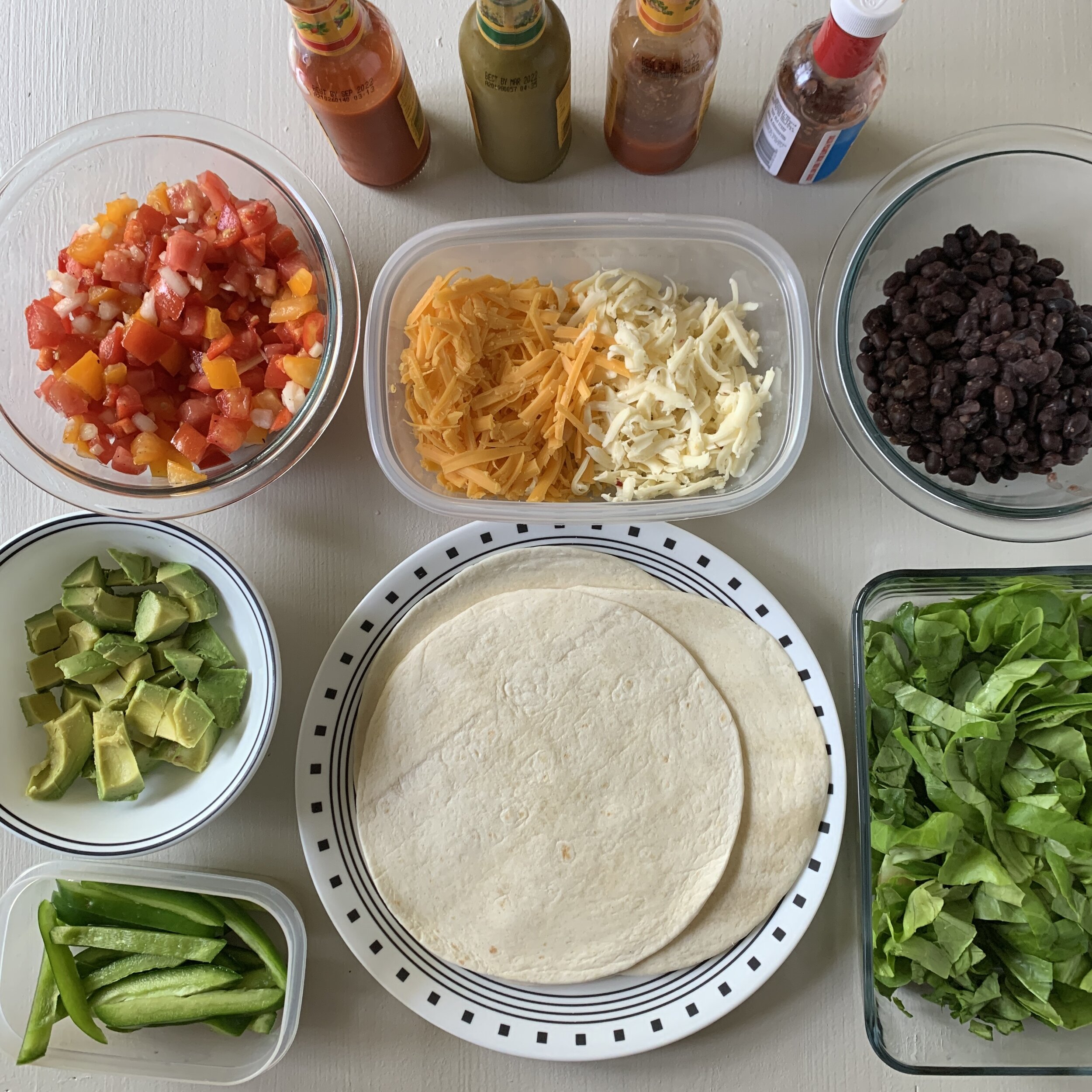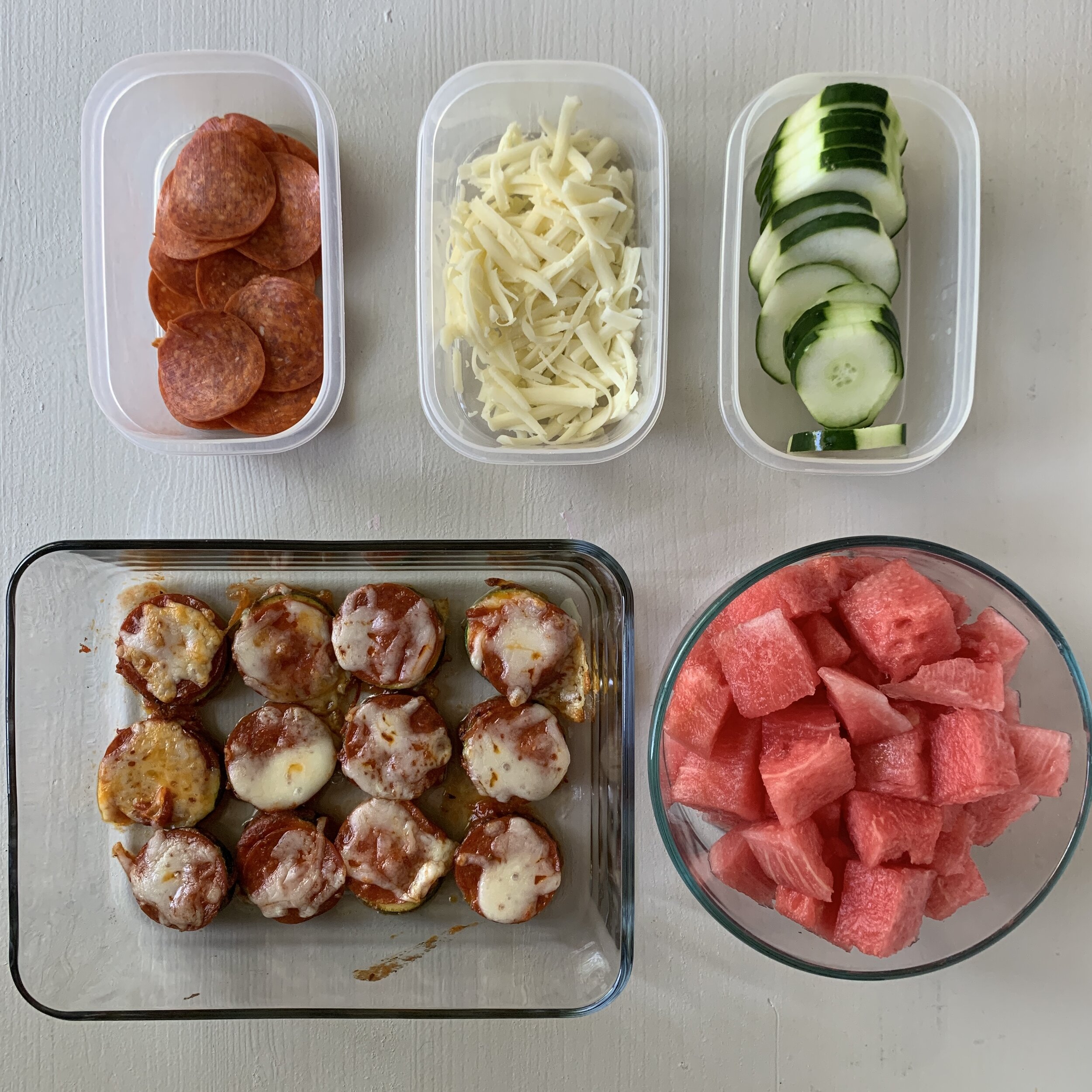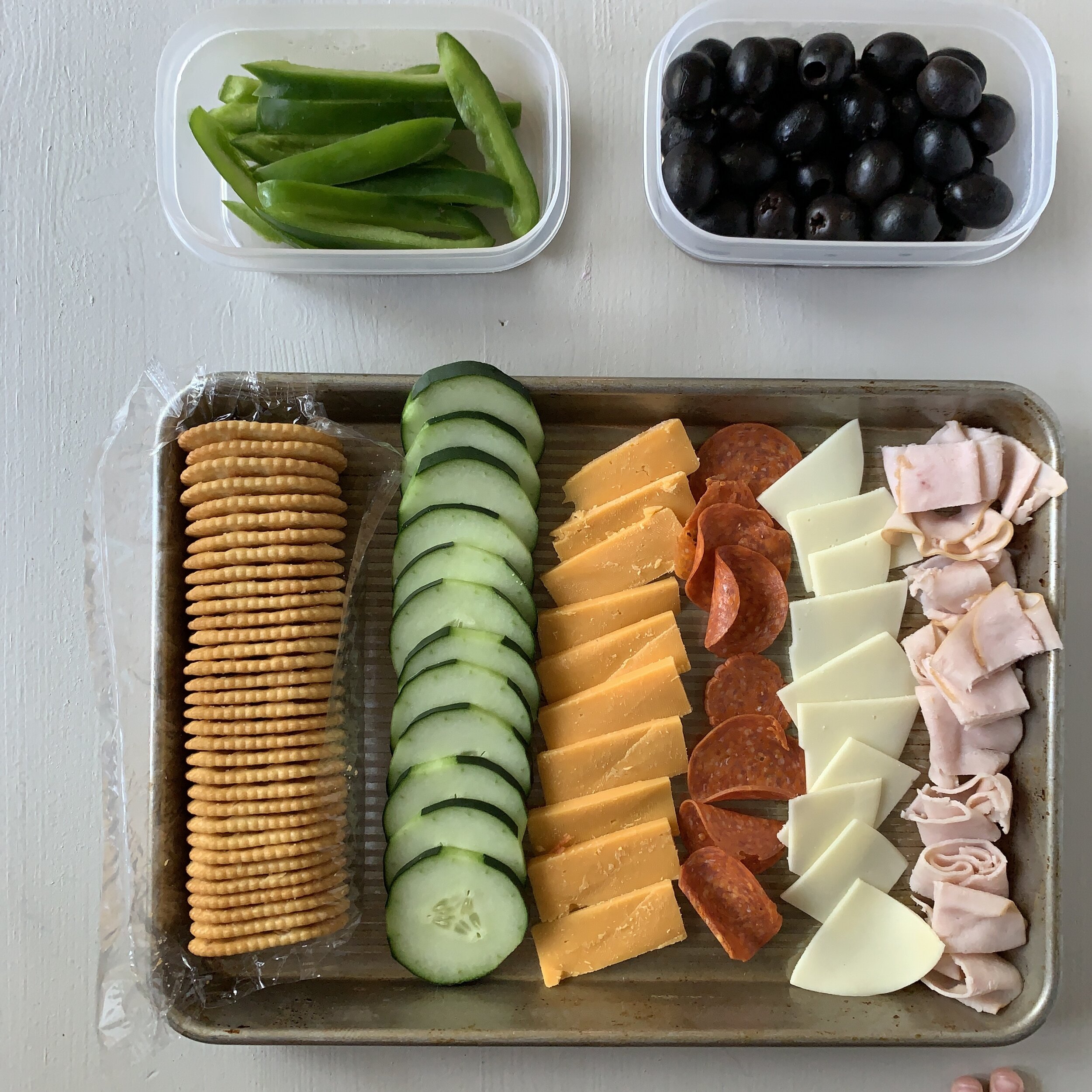Deconstructed Meals and Family Nutrition
Have you heard the term deconstructed meal before?
I learned about the concept back in my college nutrition courses, but the term itself is fairly new to me as well. Outside of a few social media accounts, I haven’t seen deconstructed meal used very often.
So, are you wondering what exactly is a deconstructed meal?
A deconstructed meal is one that has been modified to serve some of the parts separately. The idea is that once a child feels comfortable eating the separated foods, he or she will be ready to start trying the whole dish.
Deconstructed meals can help with:
Picky eaters (both child and adult) and increased food exposure
Young eaters that require developmentally appropriate food options
Individuals with food allergies, intolerances, or sensory processing disorders.
Satter Division of Responsibility in Feeding
The Satter Division of Responsibility is a feeding approach that defines specific roles for both parents and children, depending on what stage of life the child is in. I wrote about this method in a recent post that you can read here.
The Satter Division of Responsibility in Feeding honors a child’s natural ability to eat as much as they need in order to grow in the way that is right for them.
Kids learn how to eat by observing and eating like their parents. Deconstructed meals are one strategy that parents can use to help introduce the Satter Division of Responsibility in Feeding.
How to Get Started with Deconstructed Meals
The intent behind deconstructed meals is to allow parents to spend more time at the dinner table and less time running around the kitchen pretending to be a short-order cook.
How is this possible?
Using the Satter Division of Responsiblity in Feeding method, parents are responsible for what food is served at a meal. A deconstructed meal provides an opportunity for exposure to new foods, flavors, and combinations. From a child standpoint, a deconstructed meal offers autonomy to decide whether or not to eat each of the deconstructed food items. A thoughtfully planned deconstructed meal should include at least one food on the table that each person will usually eat.
Think about this way - how can a child learn by observing their parents if the parent is too busy being a short-order cook to sit down and role model a healthy relationship with food?
A successful deconstructed meal requires a little more planning and coordination on the front end, but the payoff is more quality time that parents get to spend at the table during the meal.
There are three aspects to consider when planning a deconstructed meal:
Nutrition Considerations: include all the food groups at a meal, including protein, grains, fruits, vegetables, and fats
Feeding Dynamics: plan to serve all the food at the same time (buffet line or family-style) and let each person choose how much and whether or not with each food
Individual Preferences: try to include at least one or two foods that each person will eat in your meal plan, but also introduce new foods regularly
Examples of Deconstructed Meals
I’ve included a few of my favorite deconstructed meals in the image gallery below. For more practical tips and meal ideas, you can join my online community and receive my FREE Guide to Deconstructed Meals!







You might also be interested in:

